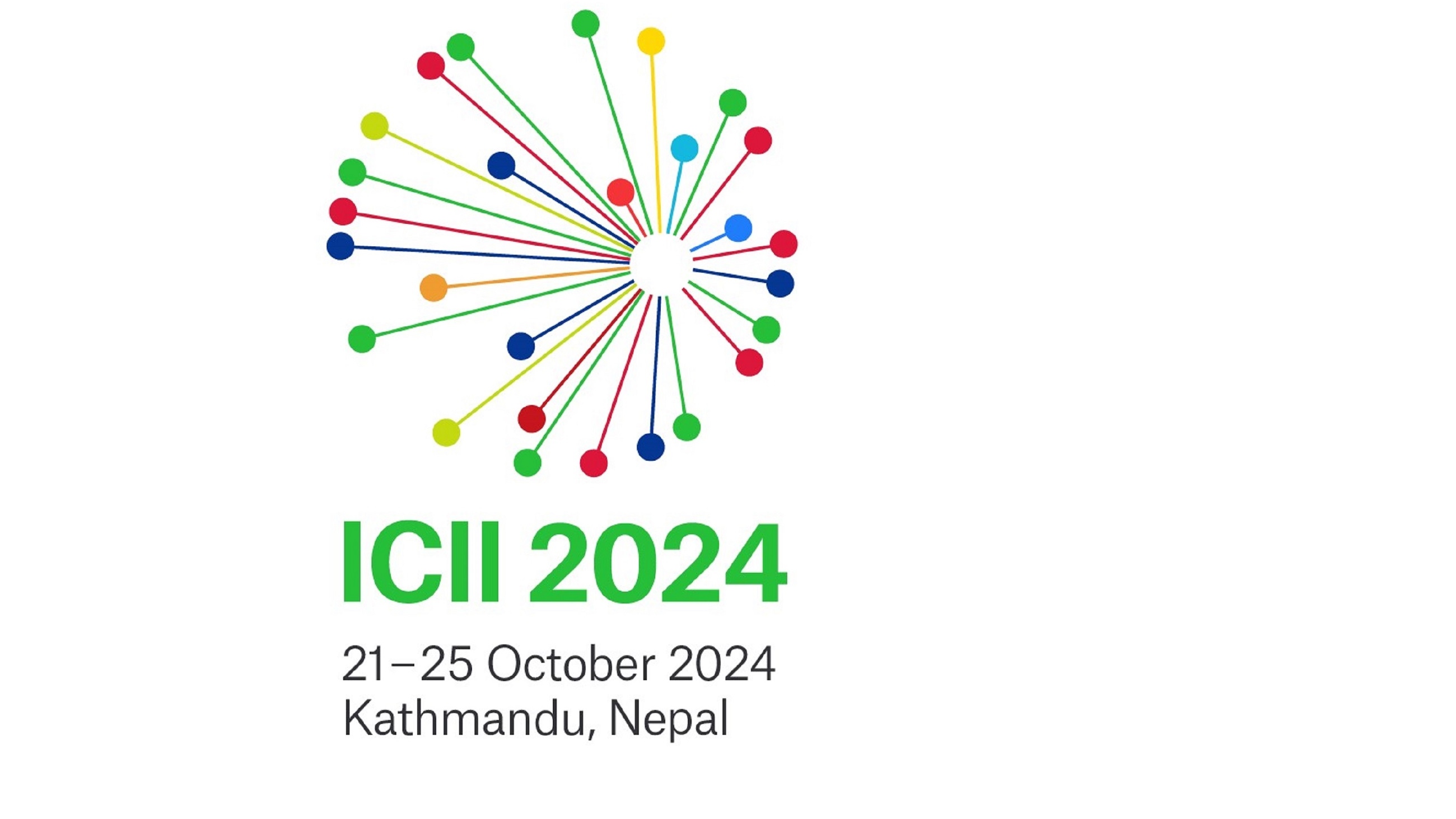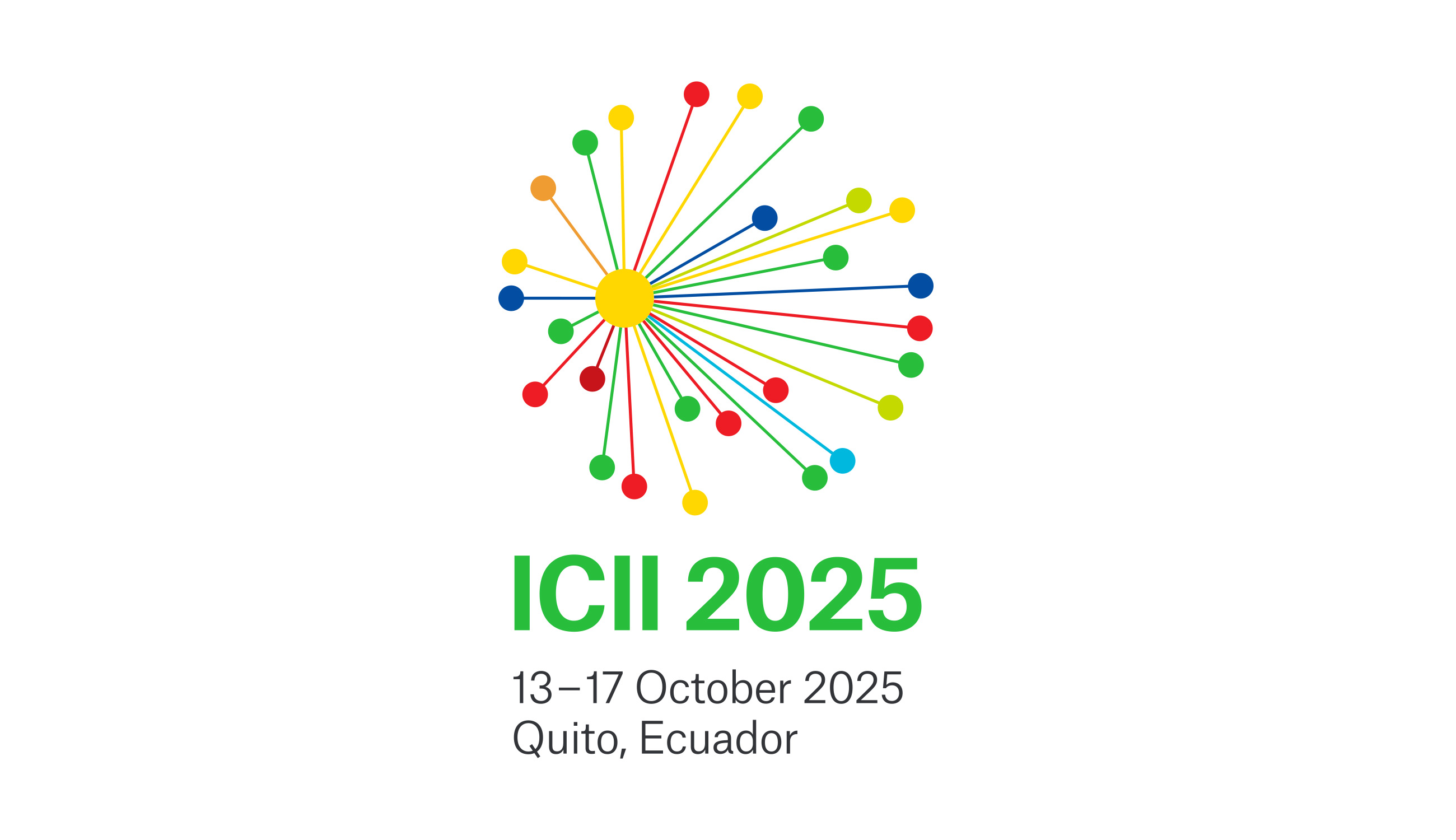
International Conference on Inclusive Insurance 2024
Summary
21 - 25 October 2024
Kathmandu, Nepal
properties.trackTitle
properties.trackSubtitle
Strengthening economic development through insurance
By Dirk Reinhard*
The International Conference on Inclusive Insurance 2024 (ICII 2024) took place from 21-25 October 2024 at the historic Lal Durbar Convention Centre / Yak & Yeti Hotel in Kathmandu, Nepal. Around 500 Experts from 43 countries discussed and identified ways to accelerate the growth and economic viability of inclusive insurance in emerging markets. The conference was hosted by the Nepal Insurers' Association, Life Insurance Association Nepal, Nepal Microinsurance Association and the Nepal Insurance Authority, in collaboration with the Munich Re Foundation and the Microinsurance Network.






























Insurance can strengthen a country’s economy. The poor and the deprived can achieve economic security. Inclusive insurance allows them to remain safe in any unexpected event. We need to educate people about the importance of insurance. Governments and insurance companies should work together to ensure that every person has access to insurance – in both rural and urban areas.
The Landscape of Inclusive Insurance
One of the most eagerly awaited events at each ICII is the first presentation of the Microinsurance Network's forthcoming Landscape of Microinsurance. This provides invaluable insight into the latest trends and developments in inclusive insurance products and services. The 2024 edition of the Landscape, scheduled for publication in early 2025, represents the most comprehensive survey to date, with 294 insurance providers surveyed in 37 countries across Africa, Asia, Latin America and the Caribbean. The study indicates that 344 million people will be covered by microinsurance products in 2023, representing an increase from 300 million in 2022. Life and accident insurance continue to represent the majority of the market, followed by agriculture. The latter is dominated by large national agricultural insurance schemes, of which India's PMFBY alone covers around 40 million people. However, insurance still only reaches less than 10% of the target market, leaving most of the 2 billion people in Asia without access to affordable risk management.




Box 1: Challenges to increase insurance outreach
Limited awareness and education
Infrastructure and accessibility concerns
Economic and affordability concerns
Risk management and pricing complexity
Government support and data gaps
Demographic and healthcare concerns
Informal insurance activities and actuarial capacity
Topline and bottom-line strategies
The issue of how insurance providers can best address the insurance gap, particularly in the low-income market, was the subject of much discussion at the ICII 2024. Experts agree that the success of microinsurance companies in reaching low-income populations depends on five key strategies: partnerships, distribution channels, standalone units, skilled teams, and digitalisation. Strategic partnerships, such as those Chartered Life Insurance in Bangladesh has formed with organisations like BRAC and UNDP, allow these companies to leverage established networks and foster trust, enabling more effective outreach.
In terms of distribution, microinsurance providers often utilise B2B2C models, working through intermediaries like microfinance institutions and fintech platforms rather than a direct-to-consumer approach. This approach enables them to expand their operations in a cost-effective manner and reach communities that would otherwise be difficult to access. Furthermore, many insurers establish standalone microinsurance units, or "microinsurance champions," with dedicated leadership focused on tailoring products to the needs of low-income customers. It is also essential to have well-trained teams. At the conference, it was demonstrated that companies have benefited from microinsurance courses, which have equipped staff with the skills needed to enhance customer service and product management. Finally, digitalisation has transformed claim processing, significantly reducing timeframes and enhancing customer satisfaction. For instance, digital tools can now reduce hospital claim times to as little as two hours, which fosters trust and efficiency in microinsurance services.

Obstacles to address climate risks
Just a few days before the ICII 2024 started, the Kathmandu region has been impacted by extreme rainfall which caused the loss of hundreds of people and destroyed the livelihoods of thousands. This again shows the importance or affordable risk management including insurance to make the most vulnerable more resilient against climate risks. The government and the insurance industry have intensified their activities to develop more solutions to tackle climate risks (see also report of the field trip).
Parametric insurance has shown great potential in addressing the changing context of climate risk. However, basis risk – the discrepancy between the actual loss experience and the parametric trigger – represents a significant challenge to the success of these products. The root causes of basis risk can be attributed to two primary sources: technology failure and/or data insufficiencies, and inadequate product design. To address this issue, insurance companies may wish to consider combining multiple data sources and developing robust index models that more accurately reflect on-the-ground experiences. Nevertheless, it is important for product designers to exercise caution when introducing complex product components, as these can compromise the transparency and accessibility of the product to the target market.
It is crucial to recognise that insurance alone is an insufficient method for managing climate risk. Integrating insurance with other risk management tools, such as savings accounts or improved agricultural practices, can help to reduce the impact of basis risk. This multifaceted approach can facilitate the more effective distribution of risk and enhance the resilience of affected communities. To address basis risk, there is a need for iterative improvement and industry collaboration. However, it is unlikely that basis risk can be entirely eliminated due to its intricate nature. Insurers may wish to consider adopting an iterative approach, whereby index designs are continually validated throughout the implementation process. This will facilitate the gleaning of valuable lessons.

Climate change and social inequalities pose unprecedented challenges, which affect low-income households who lack the tools to deal with disasters. Rainfall in three days left 256 people dead and losses worth over 865 Nepalese rupees. The importance of insurance has become more critical in times of increasing uncertainty: insurance is not just about managing risk, it is about providing hope and certainty to the most vulnerable.
Next steps in Nepal
Following the conclusion of the conference, the Nepal Insurance Authority (NIA) extended an invitation to key stakeholders to participate in a discussion on the key learnings, challenges, opportunities and next steps required to facilitate the development of the Nepal insurance industry. The NIA has introduced micro insurance regulation, specifically designed for low-income groups, which provides them with essential financial protection. Additionally, the establishment of micro insurance companies will allow for the provision of tailored solutions to meet the specific needs of this segment. Moreover, a range of insurance products has been developed for the agricultural sector, addressing the diverse needs of farmers and agricultural businesses. Furthermore, the Authority has enhanced policy coverage by making Personal Accident (PA) cover obligatory for family members in home insurance policies and policyholders in agriculture insurance policies, thus ensuring more comprehensive protection for dependents. The release of the Digital Policy Guideline, 2024, provides a framework for digital insurance policies and encourages industry-wide adoption. Additionally, the 'Ghumti Beema' initiative endorses mobile insurance and other non-traditional insurance channels.

Inclusive insurance is not just a financial product. … It is a tool for empowerment and resilience. It enables the affected groups to recover from the loss and help communities break free from the cycle of poverty, where one disaster could otherwise push them into long-term financial hardship.


.jpg/_jcr_content/renditions/original.image_file.4844.2725.0,252,4844,2977.file/ICII2024_FieldTrip_MilkCooperative%20(5).jpg)
